TENS therapy: Trans Cutaneous Electrical Nerve Stimulation
Full form of TENS:
Trans Cutaneous Electrical Nerve Stimulation = TENS Therapy
Introduction
- TENS is a method of electrical stimulation which primarily aims to provide a degree of symptomatic pain relief by exciting sensory nerves and thereby stimulating either the pain gate Mechanism and/or the opined system.
- The different methods of applying TENS relate to these different physiological mechanisms.
- The effectiveness of TENS varies with the clinical pain being treated, but research would suggest .
- That when used ‘well’ it provides significantly greater pain relief than a placebo intervention.
- There is an extensive research base for TENS in both the clinical and laboratory settings and whilst this summary does not provide a full review of the literature, the key papers are referenced.
- It is worth noting that the term TENS could represent the use of ANY electrical stimulation using skin surface electrodes which has the intention of stimulating nerves.
- In the clinical context, it is most commonly assumed to refer to the use of electrical stimulation with the specific intention of providing symptomatic pain relief.
- If you do a literature search on the term TENS, do not be surprised if you come across a whole lot of ‘other’ types of stimulation that technically fall into this grouping.
- The illustrations show a 2-channel TENS unit as it has 4 lead wires (Each channel has two lead wires) with electrode pads attached.
Production of TENS
- TENS is produced by a small battery-operated machine.
- The size of a machine like a cell phone
- In a machine circuit modify the battery’s output such in a way that it will have a simulator effect.

Part of the TENS machine
- Several sets of electrode wires and end pads.
- The electrodes connect to the device at one end and the other end is connected to the pads
- The pad size is 2 inch by 2 inch
- Each pad has an adhesive backing and is positioned on your skin in specific areas along nerve pathways in the area to be treated.
- The device delivers pulses of electrical energy.
Mechanism of Action of TENS
- The type of stimulation delivered by the TENS unit aims to excite (stimulate) the sensory nerves and by so doing activate specific natural pain relief mechanisms.
Two primary pain relief mechanisms which can be activated
- The Pain Gate Mechanism
- The Endogenous Opioid System
- The variation in stimulation parameters used to activate these two systems will be briefly consider.
Pain Gate Mechanism

- Pain relief by means of the pain gate mechanism involves activation (excitation) of the A beta (Aß) sensory fibres, and by doing so, reduces the transmission of the noxious stimulus from the ‘c’ fibres, through the spinal cord and hence on to the higher centers.
- The Aß fibers appear to appreciate being stimulated at a relatively high frequency HF (in the order of 90 – 130 Hz or PPS). It is difficult to find support for the concept that there is a single frequency that works best for every patient, but this range appears to cover the majority of individuals.
- Clinically it is important to enable the patient to find their optimal treatment frequency – which will almost certainly vary between individuals. Setting the machine and telling the patient that this is the ‘right’ setting is almost certainly not going to be the maximally effective treatment, though of course, some pain relief may well be achieved.
Endogenous Opioid System:
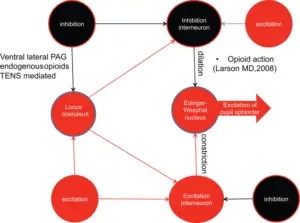
- An alternative approach is to stimulate the A delta (Ad) fibers which respond preferentially to a much low frequency LF (in the order of 2 – 5 Hz), which will activate the opioid mechanisms, and provide pain relief by causing the release of an endogenous opiate (encephalitic) in the spinal cord which will reduce the activation of the noxious sensory pathways.
- In a similar way to the pain gate physiology, it is unlikely that there is a single (magic) frequency in this range that works best for everybody – patients should be encouraged to explore the options where possible.
A third possibility is to stimulate both nerve types at the same time by employing a burst mode stimulation :
- In this instance, the higher frequency stimulation output (typically at about 100 Hz) is interrupted (or burst) at the rate of about 2 – 3 bursts per second.
- When the machine is ‘on’, it will deliver pulses at the 100 Hz rate, thereby activating the Aß fibers and the pain gate mechanism, but by virtue of the rate of the burst, each burst will produce excitation in the Ad fibers, therefore stimulating the opioid mechanisms.
- For some patients this is by far the most effective approach to pain relief, though as a sensation, numerous patients find it less acceptable than some other forms of TENS as there is more of a ‘grabbing’, ‘clawing’ type sensation and usually more by way of muscle twitching than with the high or low frequency modes.
How does TENS Therapy work?
- TENS are works on two theories.
One theory:
- It is that the electric current stimulates nerve cells that block the transmission of pain signals, modifying your perception of pain
Two theory:
- It that nerve stimulation raises the level of endorphins, which are the body’s natural pain-killing chemical .
- The endorphins then block the perception of pain.
Parameters of TENS therapy:
| 100 or 200 microseconds 50 to 300 microsecond | PARAMETER | VALUE |
| 1 | Pulse shape | Rectangular |
| 2 | Pulse width | 100 or 200 microseconds 50 to 300 microseconds |
| 3 | Frequency | Low = 2 Hz High = 600 Hz Commonly used = 150 Hz |
| 4 | Intensity | Varied form 0 to 60 milliamps [ mA] |
| 5 | Pulse wave form | Monophasic Symmetric biphasic Asymmetric biphasic |
| 6 | Pulse amplitude | 1 – 50 mA |
| 7 | Pulse duration | 50 – 500 second |
| 8 | Pulse pattern | Continuous Burst |
| 9 | Channels | Single or double |
Impedance of Current Flow:
- The quantity of current that flows in the tissues depends on the impedance of that pathway.
- The impedance includes oh-mic resistance and inductive resistance.
- The inductive resistance is negligible in the tissues.
- Generally, watery tissue such as blood, muscle, and nerve have low ohmic resistance: bone and fat have higher and the epidermis has the highest of all.
Types of TENS:
| NO. | Parameter | Conventional TENS (High) | Acupuncture-like TENS (Low ) | Brief Intense TENS |
| 1 | Physiological Intervention | To activate large diameter non-notious afferent to elicit segment analgesia | To produce muscle twitch to activate small diameter motor afferent to elicit extra segment analgesia. | o activate small diameter noxious afferent to elicit peripheral nerve blockade and extra segment analgesia. |
| 2 | Clinical Technique | Low intensity \High Frequency at site of pain to produce strong but comfortable sensation | High intensity\Low frequency over muscle or Acupuncture points to produce strong but comfortable contraction. | High intensity \High frequency to produce maximum parathesia |
| 3 | Duration of stimulation | 30 min | No more than 20 min | no more than 5 min |
| 4 | Pulse frequency | 60 -100 Hz | 2-4 Hz | variable |
| 5 | Intensity | Sensory | motor | noxious |
| 6 | Pulse width in microsecond | 60 -100 | 150 -250 | 300 – 1000 |
| 7 | Mode | modulated | modulated burst | modulated |
| 8 | Duration of treatment | as needed | 30 minutes | 15 -30 minutes |
| 9 | Onset of relief | < 10 minutes | 20 -40 minutes | < 15 minutes |
Conventional TENS (High):
- Created parasthesia without motor response
- A- beta filers are stimulated to SG enkephlin inter neuron
- Duration 30 minutes to 24 hours
- Relief – fastest
- Short lived of relief – 45 sec
- Stop the pain – spasms cycle
- Pulse rate -high 75 -100 Hz [ constant -80 ]
- Pulse width = narrow , less than 300 m Sec [ 60 m sec generally ]
- Intensity = comfortable
Acupuncture-like TENS (Low):
- Activation of descending pain suppression pathway activating endorphins.
- Longer lasting pain relief but slower to start.
- Frequency = 1 – 5 Hz
- Pulse width = 200 – 300 micro
Brief intense TENS ( hyper-stimulation analgesia ) :
- Similar to high-frequency TENS.
- Highest rate = 100 Hz.
- Pulse width = 200 micro sec.
- Intensity = Very strong but tolerable level.
- Treatment time = 15 minutes.
- Current = Mono or biphasic.
- Sensation = Bee sting.
- Used in = Motor, trigger, or acupuncture point.
- Frequency = Certain rate in duty cycle.
Burst TENS:
- Pulses within a burst can vary.
- Frequency = 1 – 5 bursts per second.
- Contraction = strong.
- Combines efficacy of low TENS with the comfort of conventional TENS.
- Pulse width = high 100 -200 microseconds.
- Pulse rate = 70 -100 PPS modulated to 1 -5 burst/sec.
- Intensity = strong but comfortable.
- Treatment length = 20 -60 minutes.
Modulated stimulation:
- Keeps tissues reactive so no accommodation occurs.
- Simultaneous modulation of amplitude, pulse width, and frequency.
- If amplitude is decreased increase the pulse width so that delivers more consistent energy per pulse.
Application of electrodes in TENS:
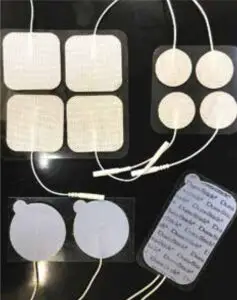
- Large mains units are available to produce the current, but often small made-to-be patient’s pockets and utilizing batteries are preferred.
- Conductive rubber electrodes covered with a conductive gel in order to gain good skin contact are placed on the patient’s skin.
- The electrode can be bandaged onto the patients or fixed with adhesive tape.
- The wires connecting the electrodes to the unit can be strategically concealed by clothing.
Shape of electrodes used in TENS therapy:
- In the TENS many types of electrode shapes are used.
- Square
- Circle
- Rectangular
- Small disc-type electrodes
Electrode Placement Technique for TENS therapy:
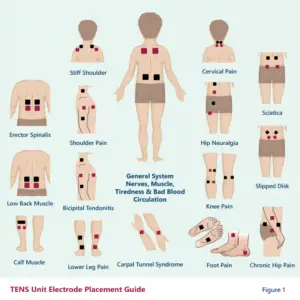
This is determined by the target muscle or muscle group either single or in relation to other muscles:
- Unilateral = Unilateral placement causes inflammation of one limb or half of a muscle pair.
- Bilateral = It allows the stimulation of both limbs or both halves of a muscle Pair
- Uni-polar = Only one of two essential leads and the electrode connected to it are placed over the target area affected by the stimulation This electrode is called a treatment electrode.
- Quadripolar
- Involve the use of two sets of electrodes each originating from its own channel.
- It may be considered the concurrent application of two bipolar circuits.
- This technique could be used with stimulation of agonist and antagonist.
- Also could be used in a crossed pattern or for a large flat area as back.
Positioning of electrodes for TENS therapy :
It can placed over:
- Acupuncture points
- Motor points
- Trigger points
- The area of greatest intensity of pain
- The appropriate dermatome or spinal segment
- The appropriate peripheral nerve
Never place the pads over:
- The front or sides of your neck
- Your temples
- Your mouth or eyes
- Your chest and upper back at the same time
- Irritated, infected, or broken skin
- Varicose veins
- Numb areas
Placement of electrodes =
- May be crossed or uncrossed
- Horizontal or vertical
What does TENS therapy do?
TENS Therapy helps in relieving Chronic and Acute pain mainly joint pain and muscle-related conditions, The following health benefits of TENS are:
Benefits of TENS therapy:
- TENS is a noninvasive method for relieving pain.
- People who experience pain relief from TENS may be able to reduce their intake of pain medications, some of which can be addictive or cause adverse side effects.
- TENS units are also convenient because they are small, portable, and relatively discrete.
- People can carry a TENS unit in their pocket or clip it onto a belt to ensure that they have immediate access to pain relief throughout the day.
Indication of TENS therapy:
Acute pain:
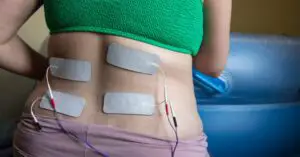
- Postoperative pain
- Labor pain
- Dysmenorrhoea
- Angina pectoralis
- Orofascial pain
- Physical trauma
Chronic pain:
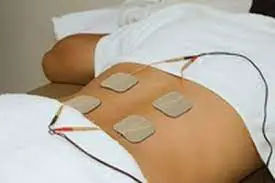
- Low back pain
- Arthritic pain
- Myofascial pain
- Neuropathic pain
- Cancer pain
- CRPS [ complex regional pain syndrome ]
Non – analgesic effects:
- Reducing symptoms of Alzheimer’s dementia.
- Neuromuscular stimulating effect
- Focal and urinary incontinence
Antisemitic effects:
- Morning sickness, motion sickness, post-chemotherapy, nausea due to other drugs
- Improving blood flow
- Wound healing
- Raynand ‘s disease
Contraindication of TENS therapy :
- An implantable device
- Pregnant.
- Cancer.
- Epilepsy.
- Deep vein thrombosis or thrombophlebitis.
- A bleeding (hemorrhagic) disorder or recent or actively bleeding tissue.
- Heart diseases like heart failure or arrhythmia.
- Heart pacemaker
- Malignancy
- Non – cooperative patients
- Absent sensation
TENS should not be applied:
- To infected tissues, wounds due to osteomyelitis, or if you have tuberculosis.
- TENS therapy may result in the spread of infections.
- To areas of tissue that have been recently treated with radiation.
- To damaged skin
- Near or over eyes or mouth, front or side of neck, or on the head.
- Near reproductive organs or genitals.
- To areas of the body that lack or have reduced sensation.
- Non – cooperative patients
Side-effects of TENS therapy
- However, the electrical impulses that a TENS unit produces may cause a buzzing, tingling, or prickling sensation, which some people may find uncomfortable.
- Some people may be allergic to the adhesive pads.
- Anyone who experiences skin redness and irritation can switch to using hypoallergenic ones instead.
- It is vital never to place the electrodes on either the front of the neck or the eyes.
- Putting electrodes on the neck can lower blood pressure and cause spasms.
- On the eyes, the electrodes can increase pressure within the eye and possibly cause an injury.

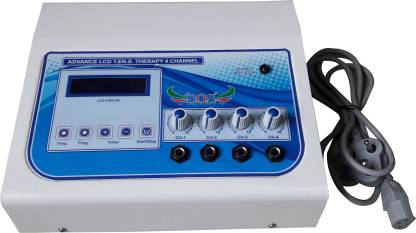
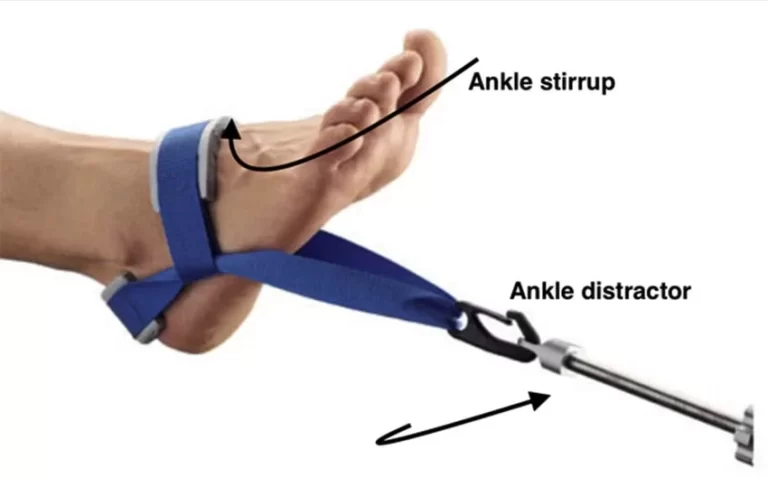

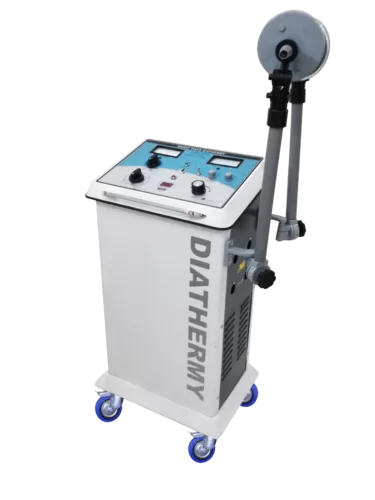
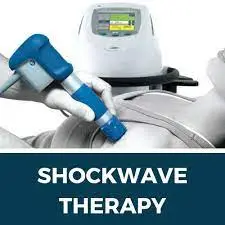
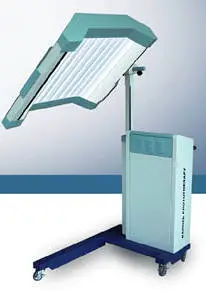
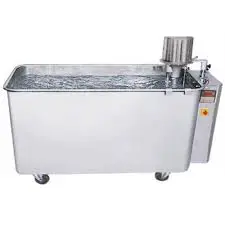
26 Comments